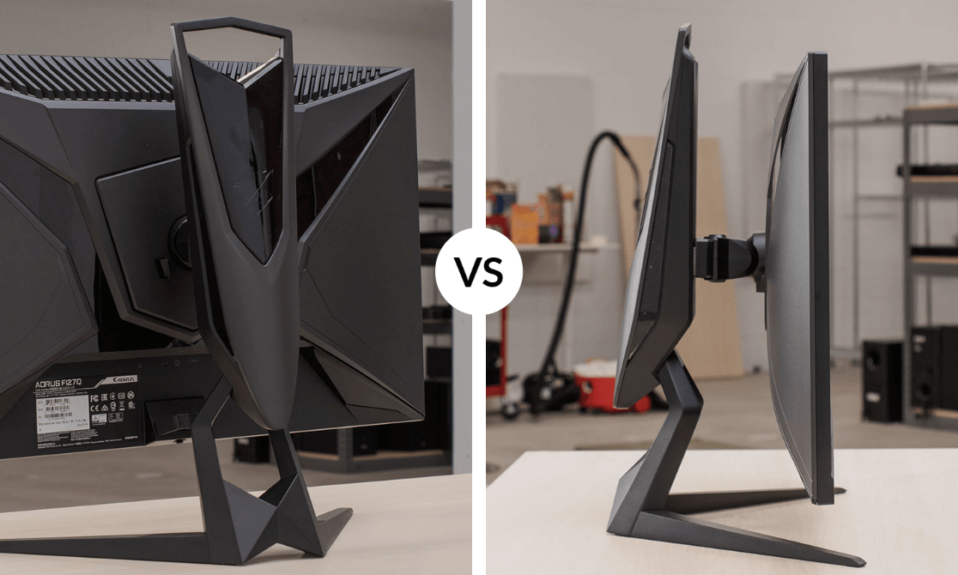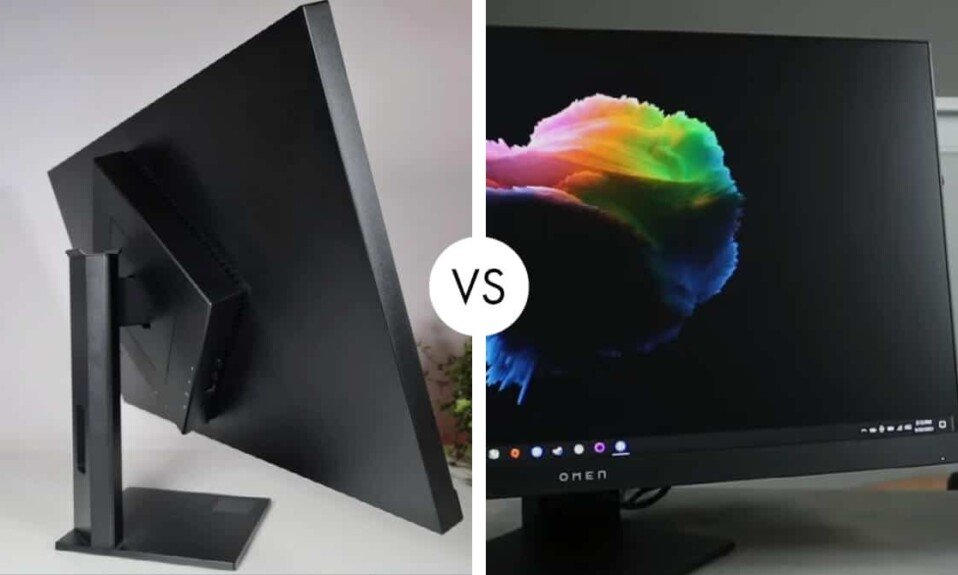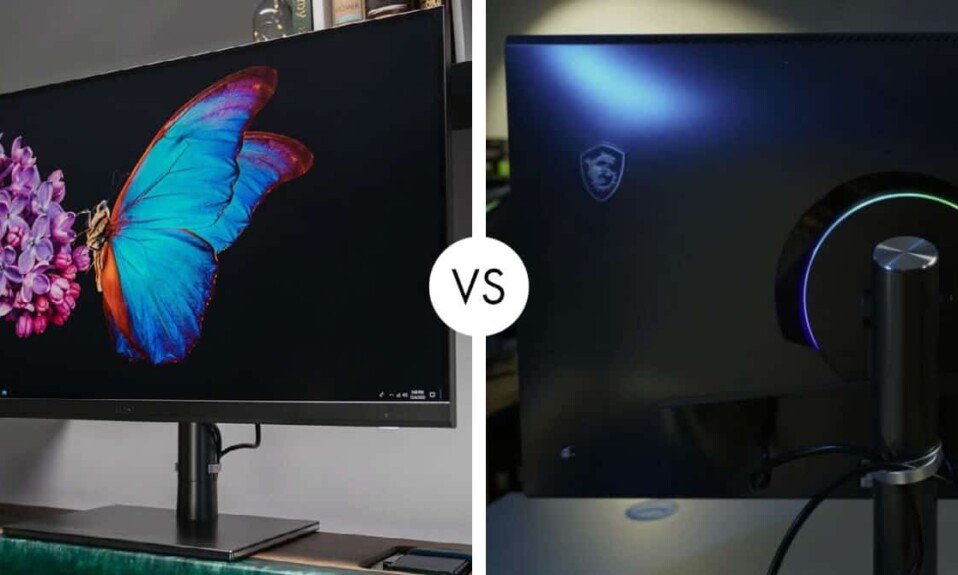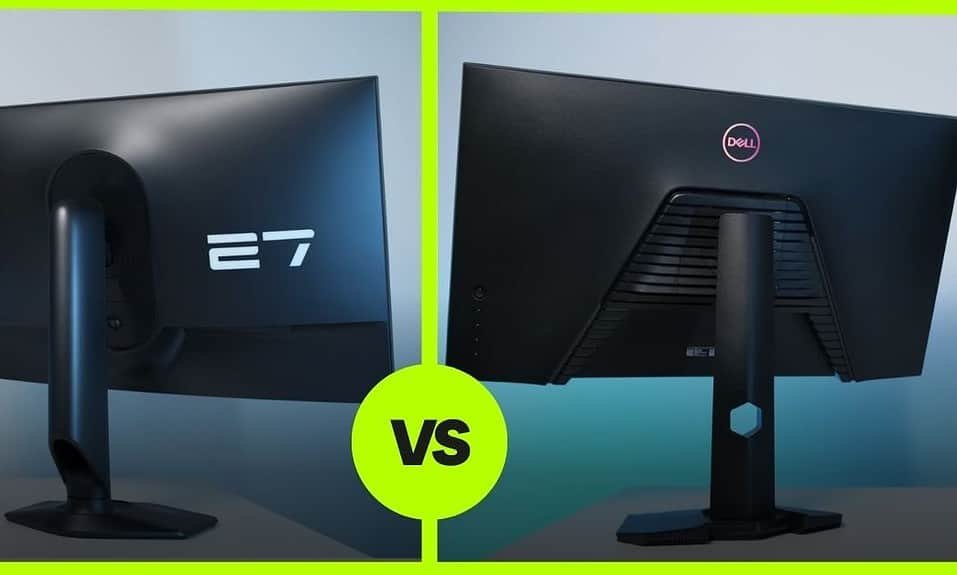Today we have Gigabyte AORUS FI27Q-P 27 and Gigabyte AORUS FI27Q-SA so we take a close look to see what are similarities and differences and which one is more suitable for you.
Pros and Cons
| Gigabyte FI27Q-P | AORUS FI27Q-SA | |
| Vibrant and consistent colors | MBR and FreeSync up to 165Hz | |
| Fast 165Hz Refresh rate | Plenty of gaming features | |
| High pixel density | Fully ergonomic stand | |
| Expensive | sRGB mode not very accurate | |
| Not as high contrast as that of VA panels | MBR could be better |
Key Specification
| Gigabyte FI27Q-P | AORUS FI27Q-SA | |
| $ | CHECK PRICE | CHECK PRICE |
| Brand | Gigabyte | Gigabyte |
| Series | AORUS FI27Q-P | AORUS FI27Q-SA |
| Gaming Monitor | Yes | Yes |
| Webcam | No | No |
| Weight with Stand | 8 kg | 8 kg |
| Colour | Black | Black |
| Dimension without stand | 614.9 x 371.1 x 60.0 mm | 614.9 x 371.1 x 60.0 mm |
| Power Consumption | 90 W | 75 W |
If you’re probably wondering straight away before we get into this review what are the differences between the P and the non P. Well essentially they use the same INNO locks 27-inch 1440p 165 Hertz IPS panel.
Though when it comes to the differences it’s mainly to do with a couple of features and we’ll get those out of the way because everything else on the monitor is pretty much identical. Besides these features and the first one which makes a difference you feel is their new black equalizer 2.0 and so essentially what this will do is if you turn it on you’ve got three different levels and then you can brighten up all the darker shadows.
If your monitor doesn’t have these settings so you do like what they’ve done on the P with the black equalizer 2.0 setting though the next difference comes with the active noise cancellation 2.0 so if you’re gaming with your friends this will block out background noises.
Picture/Display
| Gigabyte FI27Q-P | AORUS FI27Q-SA | |
| Display Type | IPS-Type LCD | IPS-Type LCD |
| Size | 27 inch | 27 inch |
| Touchscreen | No | No |
| Curved | No | No |
| Aspect ratio | 16:9 | 16:9 |
| Resolution | 2560 x 1440 pixel | 2560 x 1440 pixel |
| Pixel Density | 109 ppi | 109 ppi |
| Finish | Matte | Matte |
| Response Time | 1 ms (MPRT) | 1 ms (MPRT) |
| Refresh Rate | 165 Hz | 165 Hz |
Both panels have IPS they got great viewing angles they got 10-bit support you’re probably going to want to know how they would double down for creation or video or photo editing and here we’re looking at the white uniformity first, it’s pretty good not the best you’ve seen. But certainly not the worst the risk of getting backlight bleed generally depends from monitor to monitor but both these panels here exhibited no noticeable backlight bleed that you could see through you will say out of the box the P does come with deeper blacks basically from the user custom settings. So they don’t come with the same standard profile out of the box but moving on now to the color balances. Herewith the sRGB profile when you will watch out for editing accuracy with the eye color display profile which measures the color accuracy of these monitors.
They were both a little bit off in their sRGB mode it wouldn’t be too bad but if you were doing some serious grading you want to get both these monitors color braided because pretty much everything in the line there was a little bit off out of the box. Now both these panels feature a semi-gloss matte coating and when you will pull up an orange background there was no visible cross-hatching on either panel. So they’re using pretty much the same everything in that regard.
Connectivity
| Gigabyte FI27Q-P | AORUS FI27Q-SA | |
| HDMI | 2.0 x 2 | 2.0 x 2 |
| DisplayPort | 1.4 x 1 | 1.2 x 1 |
| Audio Out-put | 3.5 In-out | 3.5 In-out |
| HDCP | No | No |
| USB | Type-A x 2 Type-B x 1 | Type-A x 2 Type-B x 1 |
| RJ45 | No | No |
| Built-in Speakers | No | No |
| G-SYNC Support | Yes (Compatible) | Yes (Compatible) |
| FreeSync Support | Yes (Compatible) | Yes (Compatible) |
Moving towards connectivity both of these devices got two 2.0 HDMI ports, besides this, they both got different DisplayPorts FI27Q-P got a 1.4 DisplayPorts. Talking about sound output both get a 3.5 mm audio jack for sound output. Also, they both got two Type-A USB ports and one Type-B USB port. They both won’t come with the built-in speaker set up so you have to utilize the external speaker set up.
Power
| Gigabyte FI27Q-P | AORUS FI27Q-SA | |
| Power On | 100-240VAC, 50/60Hz | 100-240VAC,50/60Hz |
| Power Supply | Internal | Internal |
Moving towards the power consumption both of these monitors consumes the 100-240VAC, 50/60Hz of power and when you will convert it into the watts then it will be nearly 18W(Watts) so this is the whole scenario regarding the power consumption.
Which is better!
Both of these monitors put a very good performance and both have very good display colors also. They both pretty identical in terms of design configuration but when it comes to the features then the Gigabyte AORUS FI27Q-SA has an upper hand in this regard. And at the last, they both have nearly 150$ of price difference which is a considerable amount of money. So it is very up to your budget if you have a less budget then you should go for the Gigabyte AORUS FI27Q-P 27 and if you have a budget nearly 150$ of extra budget then you must go for the Gigabyte AORUS FI27Q-SA.




